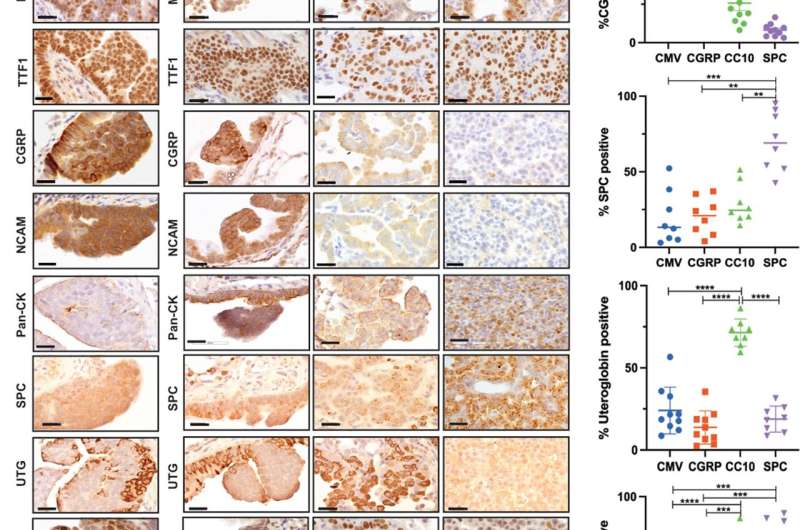Fig. 1: Cell lineage restricted MYC overexpression dictates lung tumor type. Credit: DOI: 10.1038/s41388-021-02070-3
A new understanding of the causes of small cell lung cancer (SCLC) could lead to more personalized treatments and lower mortality from this deadly disease.
In a study published in Oncogene researchers at Hudson Institute led by Dr. Daniel Gough have shown that SCLC can show significant differences depending on the type of cell it originated in.
According to Dr. Gough, that suggests it is a series of diseases rather than being a single form of cancer—and that opens up new options for more personalized treatments.
Understanding the diversity of SCLC
Dr. Gough said the lung is comprised of a diverse array of cell types and SCLC was thought to specifically occur in just one—the rare neuroendocrine cells (PNEC).
"Our study reveals that mutation of the common cancer gene MYC enables other lung cell types to form SCLC," he said.
"Currently the survival rate from SCLC is extremely low, so understanding the diversity of this disease is key to designing new therapeutic strategies that will improve the lives of these patients."
Personalized medicine based on specific vulnerabilities
Understanding the drivers of small cell lung cancer complexity will enable the development of new and effective therapies for a disease that is currently a death sentence.
In a hopeful sign for SCLC patients, Dr. Gough said: "This opens up the possibility for personalized medicine based on specific vulnerabilities."
More information: Jasmine Chen et al, Lineage-restricted neoplasia driven by Myc defaults to small cell lung cancer when combined with loss of p53 and Rb in the airway epithelium, Oncogene (2021). DOI: 10.1038/s41388-021-02070-3
Journal information: Oncogene
Provided by Hudson Institute of Medical Research























